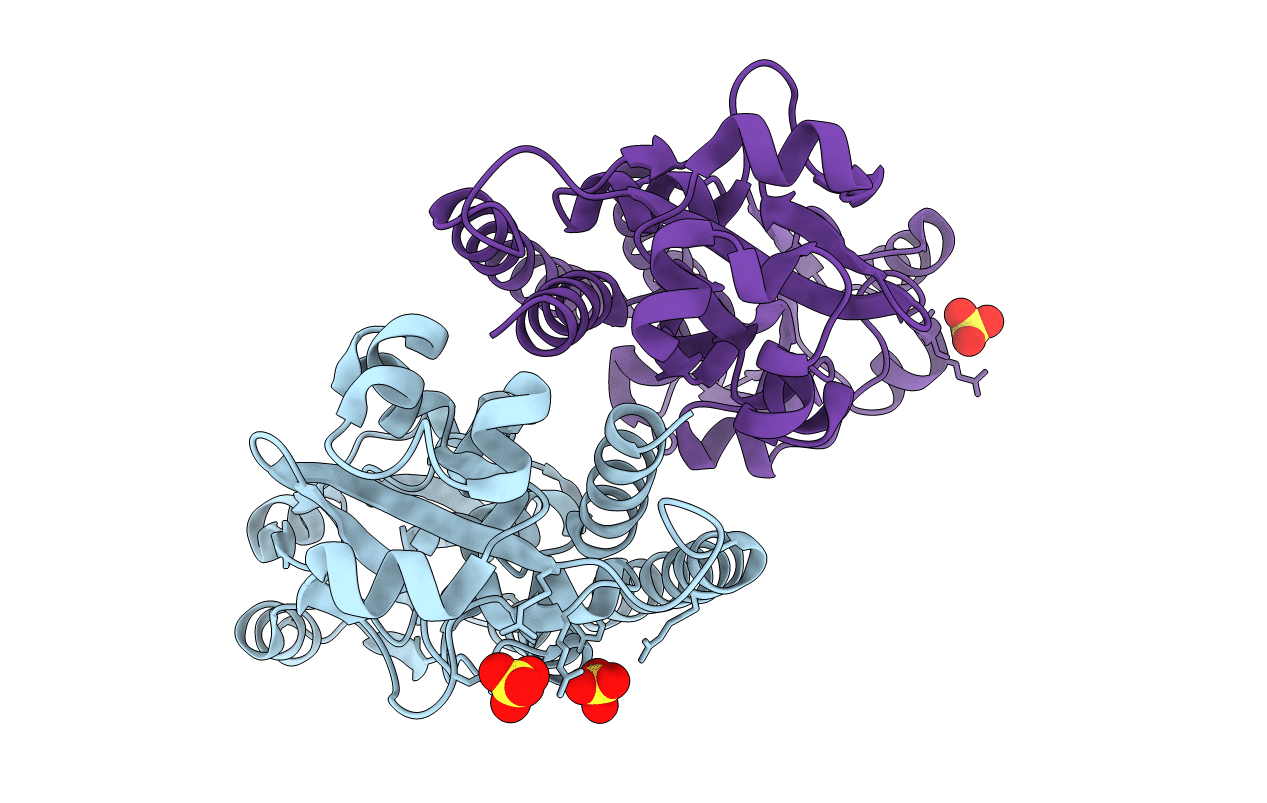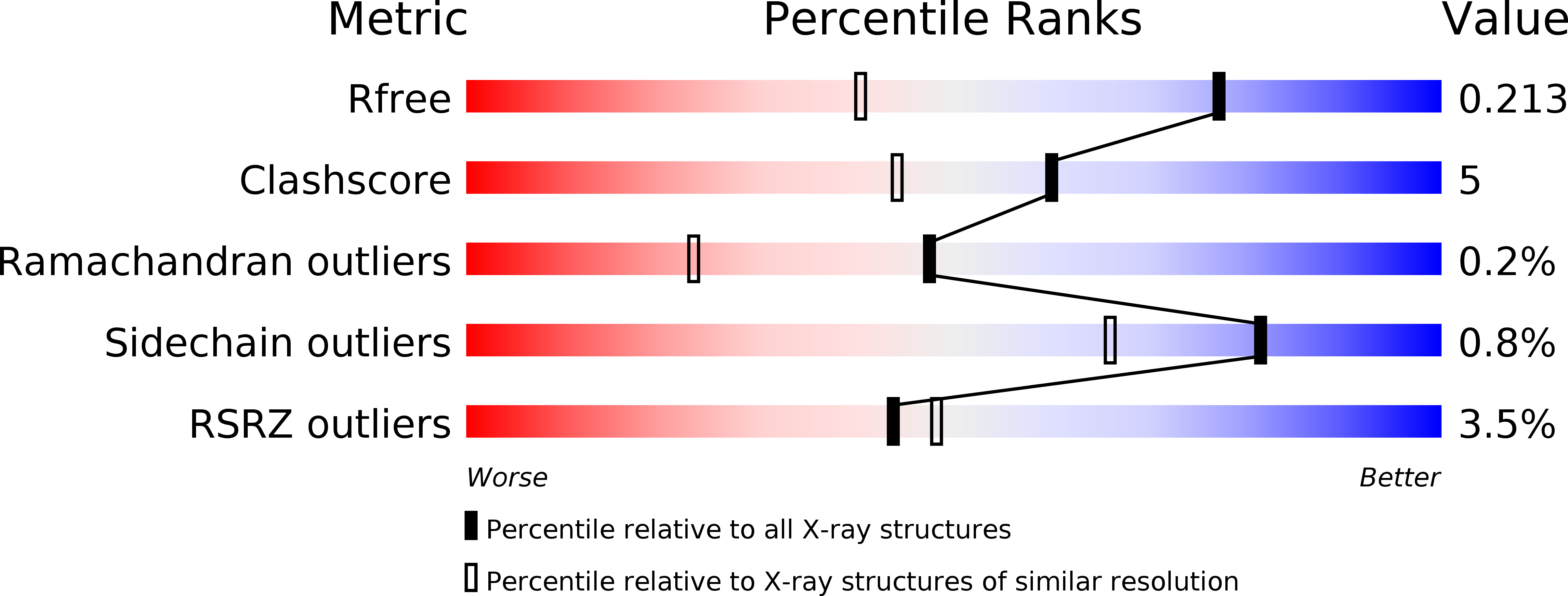
Deposition Date
2016-06-26
Release Date
2017-06-28
Last Version Date
2023-11-08
Entry Detail
Biological Source:
Source Organism:
Burkholderia cenocepacia J2315 (Taxon ID: 216591)
Host Organism:
Method Details:
Experimental Method:
Resolution:
1.50 Å
R-Value Free:
0.21
R-Value Work:
0.17
R-Value Observed:
0.17
Space Group:
P 2 2 21


